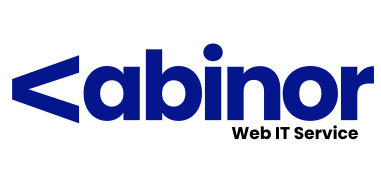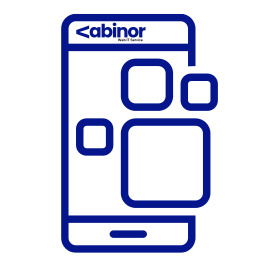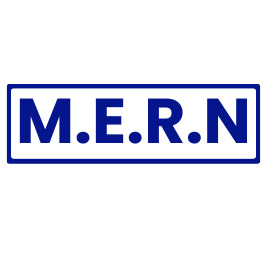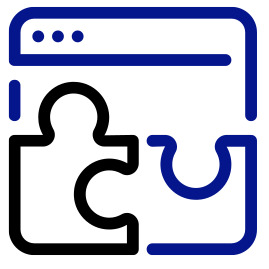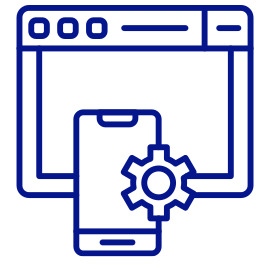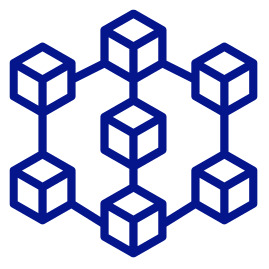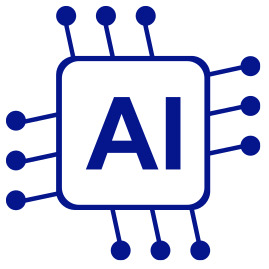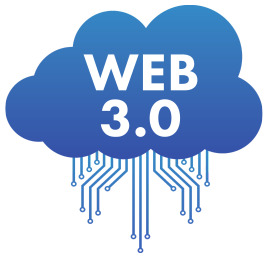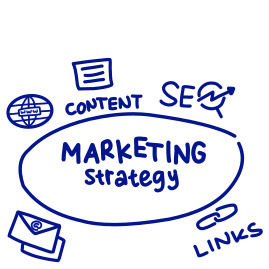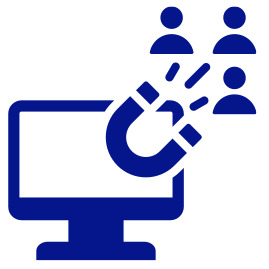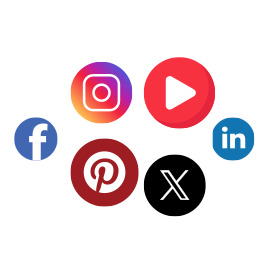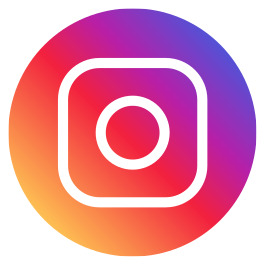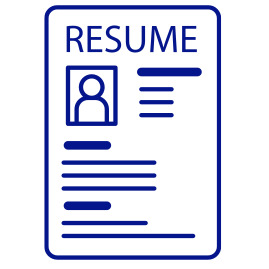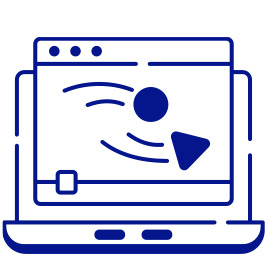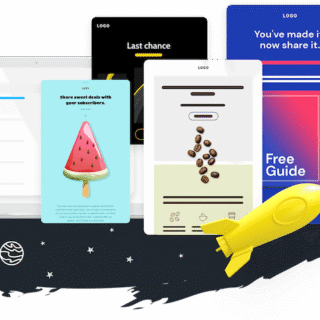
Uncover the dominant 13 UI/UX mobile app design trends that currently dictate the market. Gain a competitive edge by integrating these innovative design strategies into your mobile app. Continue reading to explore expert perspectives and discover practical examples of how to seamlessly infuse these trends into your app design.
A mobile app’s UI/UX design serves as the initial impression it creates. It establishes a connection between visitors and the brand, enhances the user journey within the app, and ultimately contributes to the app’s overall return on investment (ROI). When the UI is centered around the needs of the users and the content is captivating, nothing can impede the success of an app.
However, the UX landscape is ever-evolving, with the constant development of new elements. The UI design realm is rapidly advancing within the mobile industry, influencing various aspects. The UI/UX mobile design of an app extends beyond its visual aesthetics. It encompasses the effective organization, structure, and labeling of content based on UI design principles. Additionally, it should be user-friendly and sustainable, ensuring accessibility over time.
Quick Overview Of The Market For Mobile App Design Trends
The rapid expansion of the mobile sector has compelled businesses to embrace mobile technology. By 2025, mobile internet usage is projected to reach 49.86%, surpassing desktop and laptop usage at 46.44%.
Take into account that mobile app revenues are set to reach a staggering $808.7 billion in 2023, reflecting a remarkable increase of over 50% compared to 2019. This growth signifies the substantial potential of the mobile market, which is expected to persist. These statistics indicate that being mobile is not just an optional strategy but rather an essential necessity for any company aiming to thrive.
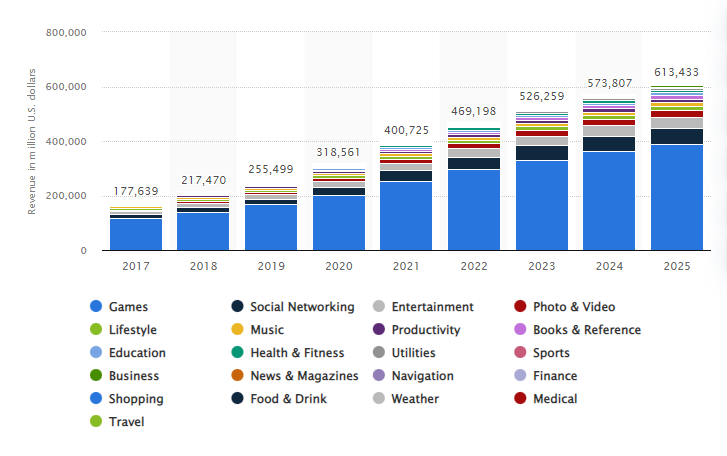
Best UI/UX Mobile App Design Trends In 2023
Dark colors
Many renowned brands incorporate light and dark themes into their products. Dark themes, characterized by predominantly dark colors, offer two key advantages to users:
- They help reduce eye strain by minimizing brightness levels.
- They conserve battery life by reducing the usage of bright pixels.
Dark themes are particularly beneficial for OLED screens as they not only save energy but also extend the lifespan of the display. However, it's important to note that dark themes can still maintain an appealing aesthetic.
Gradients
Product design has long been dominated by ultra minimalism, where designers aimed to eliminate all unnecessary elements and focus solely on essential content and components. However, this approach often led to products with overly simplified features. As a result, interfaces started to appear monotonous due to the excessive minimalism and extensive white space, causing users to grow weary of such designs.
To address this, designers started exploring alternative visual approaches. One popular style that emerged was gradients. In 2018 and 2019, gradients began to replace flat colors, adding depth and visual appeal to flat design. Gradients became favored by development teams and stakeholders as they allowed for the incorporation of brand colors, making them a versatile choice.
Micro Animations
Micro animations have become ubiquitous in nearly every program and website, often appearing when launching favorite applications. A prime example is Facebook, which incorporates various micro animations, including the "Like" feature. Despite their small size, micro animations play a crucial role in the user interface, seamlessly blending in and appearing natural. Removing these subtle animations from a product would create a noticeable void.
These small movements can include changes in button color upon hovering or modifications to blog post titles as the user scrolls. They serve to captivate the viewer's attention and enhance the digital experience. By providing visual cues, micro animations make interacting with a product more intuitive and straightforward, guiding users through the website. They are particularly essential when maintaining user engagement during task execution, as they create a sense of interaction with a responsive and dynamic entity.
However, it's important to strike a balance and avoid overwhelming the user with excessive interactive elements. Before embracing this mobile UX design trend, it is crucial to assess whether the interactive components assist or distract users during the design stage. Understanding your users' needs and leveraging animations to help them achieve their goals is paramount. Ultimately, micro animations should be purposeful and align with the overall user experience.
3D
The process of creating and implementing 3D images in an interface requires significant time and effort, but the outcomes are often remarkable. The utilization of 3D rendering can transform the presentation of a product or service into a highly interactive and engaging experience. One notable advantage is the ability to showcase an item in a 360-degree presentation, elevating the overall user experience.
As we look ahead to 2022, it is anticipated that more companies will embrace the use of 3D models to advertise their products and services, recognizing the potential to captivate and attract customers with this immersive visual approach.
Strange Typography
The days of standardized and simplistic design no longer captivate users. Granted, when revamping banking software, opting for a more user-friendly interface may be necessary to accommodate users of all generations. However, surpassing expectations and attracting new users require going beyond the norm. One way to achieve this is by exploring different font options. Incorporating diverse typefaces into your UI/UX mobile app design instantly grabs the user's attention and injects a fresh aesthetic. Don't hesitate to utilize that font you deemed unconventional because it appeared "too daring" – it might be the key to achieving impactful and striking typography within your layout. Just remember to maintain a balance.
Elements of Social Media
Apps of various types incorporate social media elements such as stories and comments. Users find pleasure in browsing informative posts and expressing their experiences through comments, whether it's related to fitness tracking or shopping solutions. Even an airline booking app can include posts featuring travel tips or the latest ticket deals.
Particular emphasis should be given to stories, as Instagram and other social media platforms have adopted this feature extensively. Sharing updates, making announcements, or showcasing available products through photos or videos that remain visible for only 24 hours proves to be an effective method.
Verification through Face Id or Touch Id
The utmost priority in any design is its practicality. A definitive way to enhance usability is by eliminating the need for users to manually enter their app passcode. Implementing Face or Touch ID as an alternative authentication method takes just a few seconds and eliminates user frustration when they forget their password.
Such sign-in mechanisms are increasingly becoming a standard across various applications. They not only simplify users' lives but also provide an additional layer of security. With the advent of Face ID and Touch ID, it is anticipated that the majority of people will rely less on password retrieval by 2022.
Artificial Intelligence (AI)
No comprehensive overview of 2022 UI/UX design trends is complete without acknowledging the role of artificial intelligence (AI). This versatile technology finds application in diverse scenarios, ranging from customer service chatbots to AI-powered product recommendations.
While not necessarily a mandatory feature for an MVP (Minimum Viable Product), AI plays a vital role in attracting new users in the long run. AI technology stands as a crucial tool for delivering personalized experiences to users and capturing their hearts by providing them with content they truly appreciate.
Bottom Navigation on mobile screen
Similar to smartphone manufacturers, app developers adapt to user preferences. Currently, video content reigns supreme, leading manufacturers to produce smartphones with large screens in response to this trend. Side menus are increasingly scarce, while tab bars and bottom sheets are gaining popularity. The significance of the context menu, utilizing press and hold functionality, is rising in mobile development. The primary action area in the UI is shifting downwards. Samsung has set a benchmark in this regard with the introduction of One UI smartphones. Notably, 60 percent of user interaction with the interface takes place at the bottom of the screen.
Virtual and Augmented Reality
Virtual and augmented realities have been present for some time, but in 2022, we can expect mobile UX design to gain even more prominence. Apple recently hinted at their plans to release their own VR headset, and considering Apple's track record, it's highly likely to become an instant success.
AR technology is particularly prevalent in smartphone apps as it doesn't require additional hardware. Users can enjoy features like virtual catwalks when selecting clothing or assess how items fit into their space. Not to mention the exciting gaming potential of augmented reality.
Organic, Rounded Curves
Incorporating shapes into the interface aligns the design with current smartphone UI trends. By combining them with other techniques, you achieve a stylish element that enhances the user experience and contributes to a visually coherent and well-defined design.
Futuristic Colors
The use of neutral colors in an interface is no longer deemed neutral. In the mobile UI trends of 2022, it is crucial to employ futuristic shades that captivate attention towards the most vital elements of the design. Such colors also aid in setting apart from other commonplace neutral layouts that tend to lack distinction.
Better Visualization of Data
While abstract data lacks reliability, facts are consistently accurate. However, when faced with a substantial amount of information to convey, it becomes crucial to present it in an understandable and captivating manner. Data visualization serves as a valuable tool for communicating essential content in an interactive way.
Moreover, it holds a strong connection to storytelling. Skilled professionals design websites that simplify complex databases, providing users with a clear sense of the content's purpose. Through visual representation, the intended message of the writer becomes evident. In the age of extensive data usage, well-organized figures make a significant impact rather than being tangled and confusing. Additionally, considering the lasting impact of COVID, it is essential to acknowledge the lingering effects it has had on organizations and their employees. Delving into challenging information can cause individuals considerable anxiety and fatigue.

